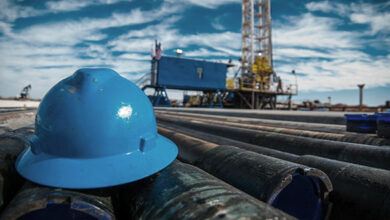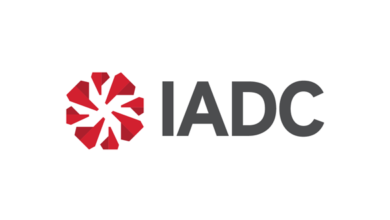In crisis, operators must lead to protect their supply chain
By Linda Hsieh, Editor & Publisher
It’s no secret: Drilling contractors, and other oilfield service companies, face an extremely tough road ahead. While the current crisis and price crash are pandemic-induced and could likely be reversed in the near future, the “now” is as painful as ever. And more and more, it’s becoming clear that operators will have to play the decisive role in managing this crisis – taking actions that will have long-term impacts on the health of their business and the industry.
As of early July, signs had emerged indicating oil demand was recovering. For example, IHS Markit announced that US gasoline consumption had hit a milestone by climbing back more than halfway to pre-COVID levels, signalling that people are getting back out on the road. Rystad Energy’s data also showed that air travel, while still down significantly, was moving past its April trough into a gradual recovery mode.
“We have already seen at least 12 million barrels a day of oil demand recovery, in terms of a daily consumption basis of oil products,” Bjørnar Tonhaugen, Head of Oil Markets for Rystad, said in a mid-June webcast.
While these signs of a potential revitalization are welcome, they can’t erase the fact that companies are hurting now. In fact, a new study by Boston Consulting Group (BCG) asserts that nearly half of all oilfield services and equipment (OFSE) companies could go bankrupt by year-end, assuming the oil price stays below $40/bbl and pandemic-related disruptions continue.
In fact, it will be up to their customers – the operator – to take the kind of crucial actions needed to avert such a catastrophe.
“Many OFSE companies are entering this crisis weaker than they’ve ever been. Despite this, oil and gas operators are demanding that suppliers cut prices and are reducing both operating and capital expenditures, as they did during the 2014 price decline,” the report stated. “Such traditional measures could cause supply companies to go bust, decimating the vital industry capabilities and hurting the ability of oil and gas operators to maintain production.”
The firm found that four-fifths of OFSE suppliers have received requests from operators to cut prices by 20-25%.
“Our findings indicate that operators are often failing to recognize the level of financial distress in their supply chains,” BCG stated in its report. “Many are still using the traditional cost-cutting measures that they’ve used in previous crises. But this time, these measures are not only inadequate for achieving the depth of cuts needed to break even, but they are also jeopardizing their suppliers’ continued existence.”
Strategic partnerships
To protect the industry’s supply chain, strategic partnerships – based on trust between operator and supplier, and focused on creating value holistically – will be needed. In fact, BCG believes such partnerships can trim 30-50% from an operator’s upstream costs.
However, they won’t be easy to achieve, and the firm cited three reasons that these partnerships have not been widely adopted in the oil and gas business so far.
First, it can be difficult for both parties to align their goals. Operators typically see large profit margins, so they often focus on boosting production and revenues. OFSE companies, on the other hand, tend to focus on cost and maximizing margins.
Second, strategic partnerships require more innovative thinking, but national procurement guidelines typically favor standard practices.
Third, it’s hard for many companies to climb out of the industry’s entrenched culture “where operators effectively dictate terms to OFSE companies,” BCG stated.
The report urged operators – especially personnel working in procurement functions – to think and act more creatively. The focus should be on transforming commercial relationships and building them for resilience in lower-price environments, not on single-unit costs.
It appears the opportunity is there for operators to turn this downturn into a competitive advantage and realize substantial cost savings in the process – but it will be up to them whether to take it. See Page 12 for our interview with BCG and other companies on the current health of the drilling market. DC





